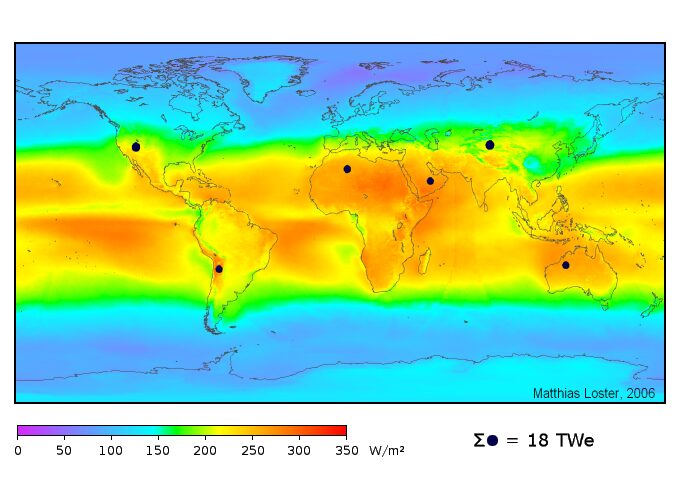
FOR decades, your correspondent has watched, with more than casual interest, every new twist and turn in the quest for an “artificial leaf”.
His hope has been that industry might one day replicate the photosynthetic process used by plants, and thus create forests of artificial trees for making hydrocarbon fuel direct from sunlight. Apart from helping offset the emission of carbon dioxide caused by burning fossil fuels, such man-made leaves could provide an endlessly supply of energy for transport. Finally, it seems, something is stirring in the forest.
In his recent State of the Union address, President Obama drew special attention to the $122m research programme on artificial photosynthesis that is underway in laboratories across California. “They’re developing a way to turn sunlight and water into fuel for our cars,” said the 44th president. He might have added that the Joint Centre for Artificial Photosynthesis (JCAP), involving some 200 scientists and engineers from universities and research laboratories around the state, was seeking to make liquid hydrocarbons not from solar-powered electrolysis, biomass, micro-organisms or other round-about routes, but direct from sunlight—just as the chlorophyll in a leaf does.
Sunlight is the world’s largest source of carbon-neutral power. In one hour, more energy from the sun strikes the Earth than all the energy consumed by humans in a year. Yet, solar energy, in the form of sustainable biomass, provides less than 1.5% of humanity’s energy needs. Meanwhile, solar panels contribute a mere 0.1% of electricity consumption.
The problem is that the sun does not shine all the time. Night intervenes. So do clouds. If people are to rely on the sun for more of their energy, then a reliable form of storage is required. And the best way to store solar energy is to convert it into chemical fuel. That is what nature has been doing for millions of years.
Unfortunately, artificial photosynthesis is still in its infancy. Researchers reckon that, at least in the laboratory, they can make fuel direct from sunlight far more efficiently than can the fastest-growing plants. But no-one can yet do so at a cost that would make the process economic. Nor can they make it robust enough to work continuously, year in and year out, under the full glare of the sun. And they are years away from integrating the various steps—from capturing the sunlight in the first place to producing the finished fuel—into working prototypes, let alone commercial-sized factories capable of producing something resembling petrol.








